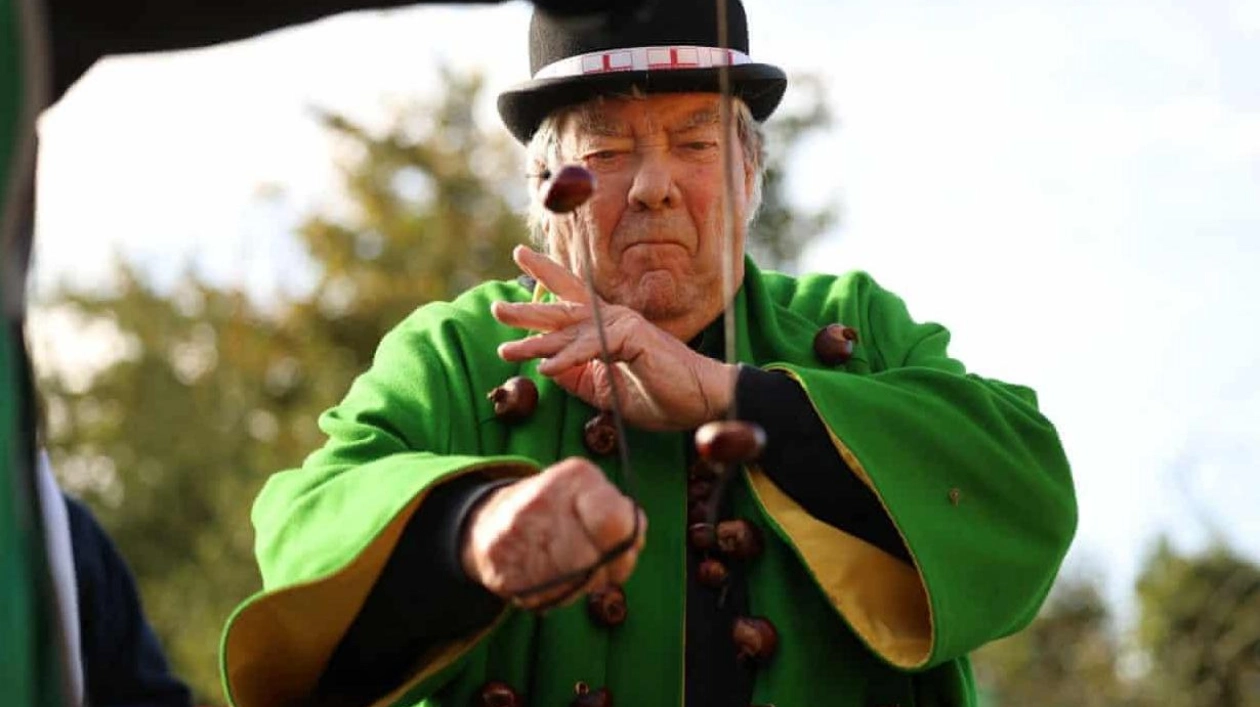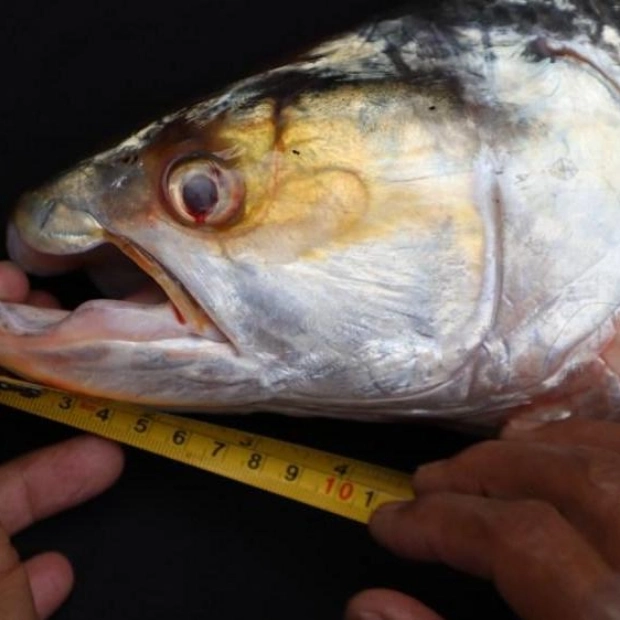The victor of the World Conker Championships has been exonerated of any misconduct after a steel nut was discovered in his pocket. David Jakins, famously known as King Conker, secured the annual title in Southwick, Northamptonshire, on October 13th for the first time since his debut in the competition in 1977. However, when organizers searched his pockets following suspicions raised by the runner-up about the manner in which his conker shattered during the final, Jakins, aged 82, was found to be in possession of a metal replica conker, leading to an investigation.
The ensuing scandal garnered more media attention than both the England men’s and women’s cricket teams combined. King Conker has now been cleared by the organizers, who found no evidence that the steel nut was used in the competition. Jakins, a retired engineer, expressed his relief to the Daily Star: “I’m profoundly relieved to be cleared. It’s been a stressful week. We are gentlemen at the World Conker Championships and we don’t cheat. I’ve been playing and practicing for decades. That’s how I won.” He admitted to carrying the steel conker in his pocket but clarified that it was never used in play. He uses it as a joke but has vowed not to bring it again.
Photographs of the steel conker reveal that it was painted to closely resemble a real chestnut, though it is significantly heavier. A spokesperson for the World Conker Championships, which attracted 256 players and 2,000 spectators to Southwick, Northants, last Sunday, stated: “We have thoroughly reviewed photos and videos of the matches, interviewed judges, and examined the chestnuts used by King Conker. The investigation found no evidence that the steel conker was utilized. King Conker has been cleared of any suspicion, and his name will be engraved on the trophy.”
St John Burkett, a spokesperson for the championships, informed the Guardian that the 3,500 conkers for this year’s tournament were collected two to three days prior and were randomly selected from a bag by competitors from around the world to prevent any tampering. He noted that swapping conkers would require “exceptional sleight of hand” given the presence of 14 judges, a chief umpire, and 2,000 spectators. The WCC rules mandate at least 8 inches (20cm) of shoelace between the nut and the player’s knuckle, three alternating strikes, re-threading of any conker that doesn’t shatter, disqualification for more than three snags or tangles, and continuation under a five-minute knockout rule if no conker is smashed.
Burkett emphasized that winners typically exhibit “excellent hand-eye coordination, strategy, and skill” and that larger conkers are not necessarily superior as they offer a bigger target. While the WCC maintains a purist approach to the game, other competitions, such as the Peckham Conker Championships, adopt a more liberal “anything goes” approach, allowing for oven-baked, vinegar-soaked conkers, or those coated with clear nail varnish.
Source link: https://www.theguardian.com






